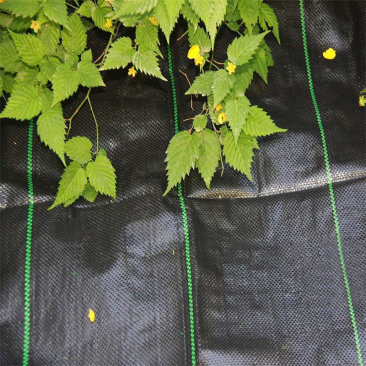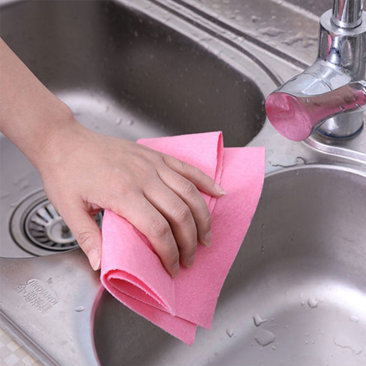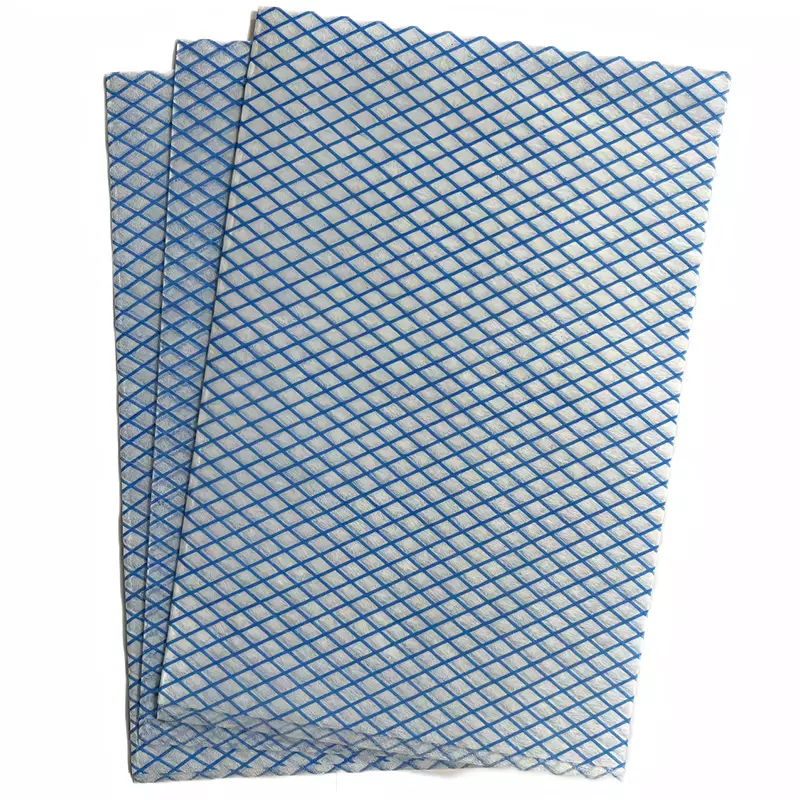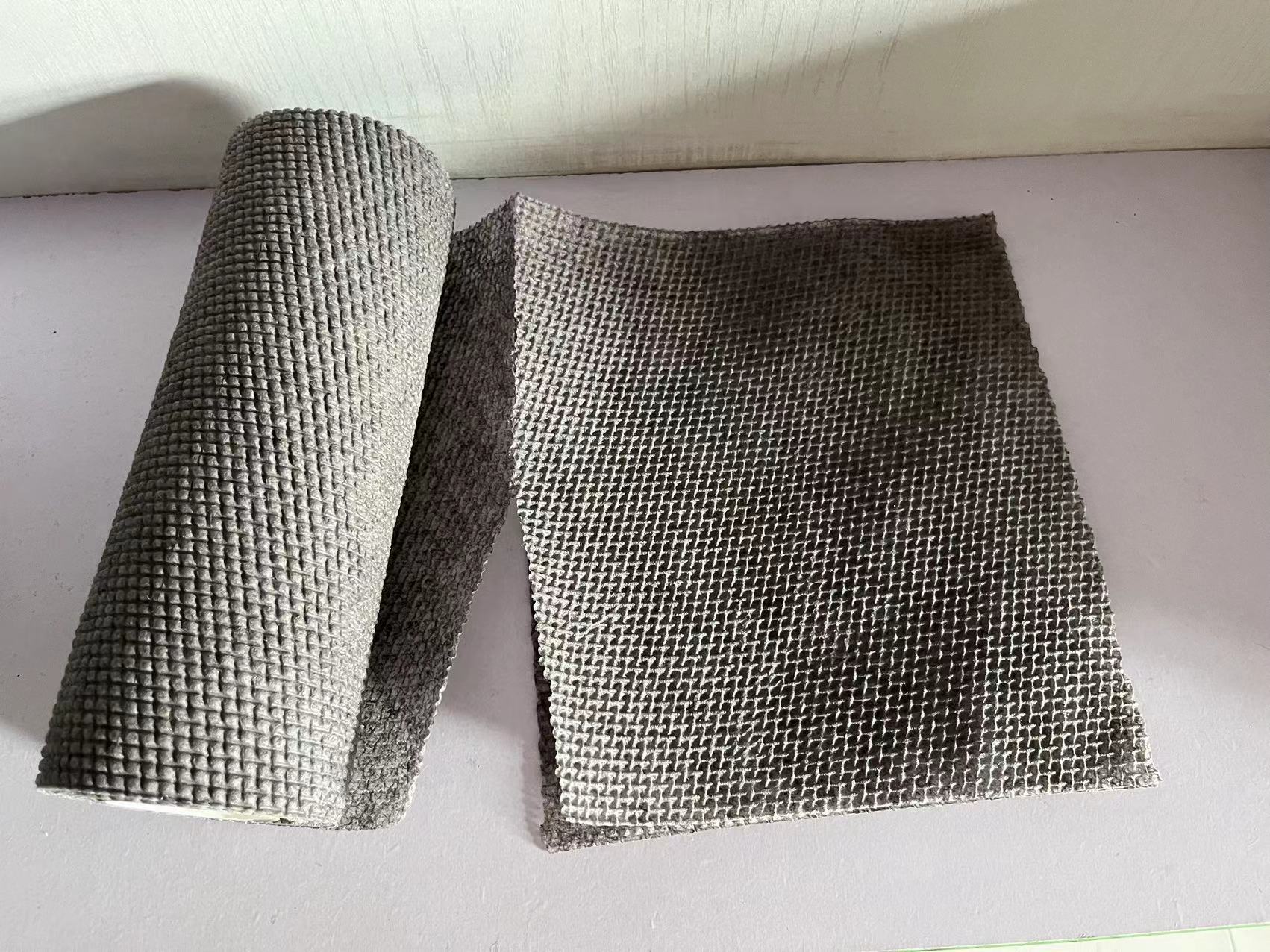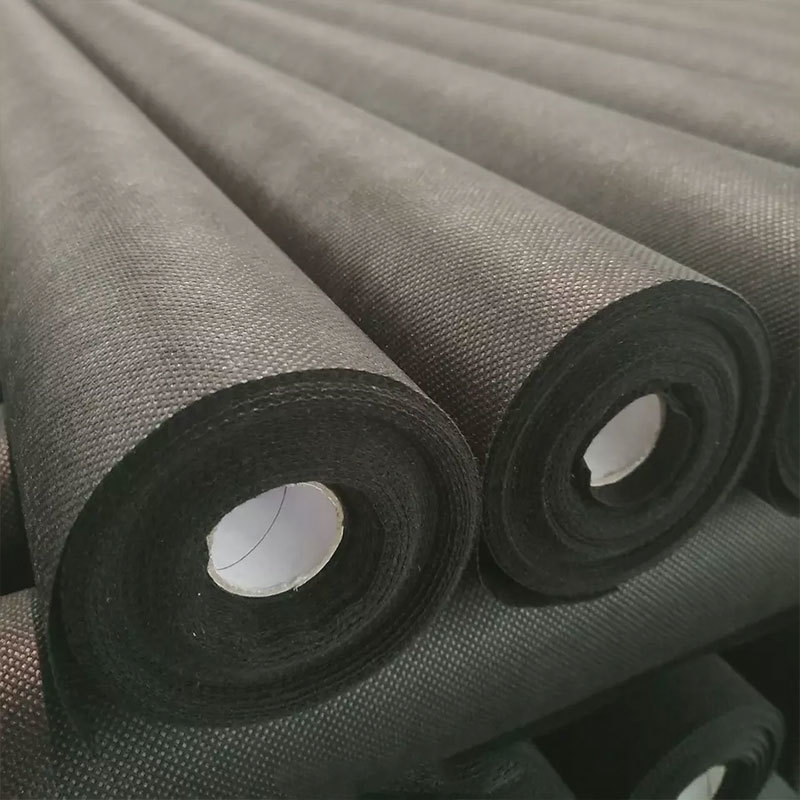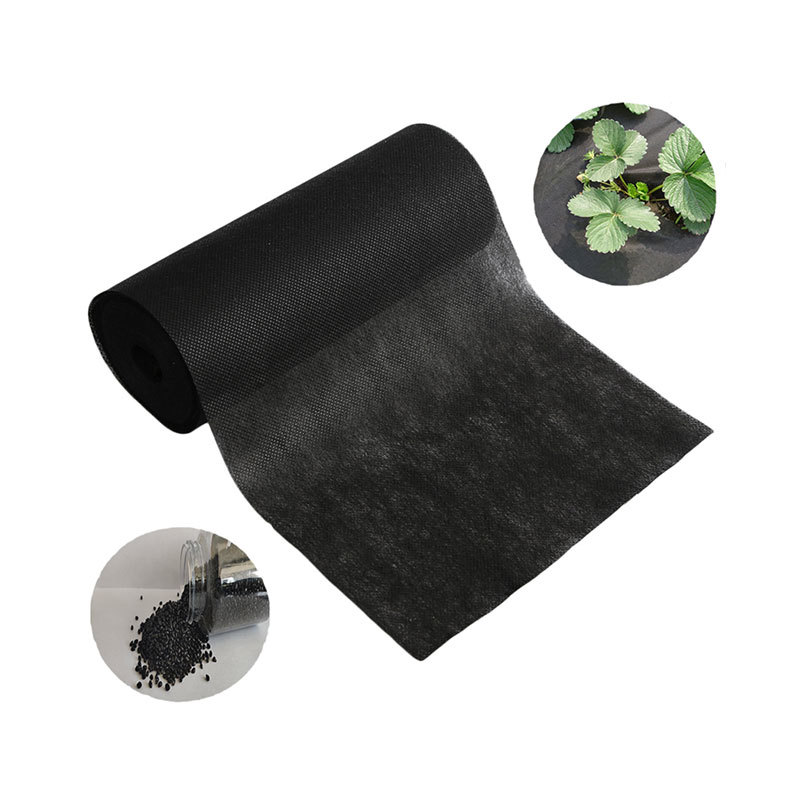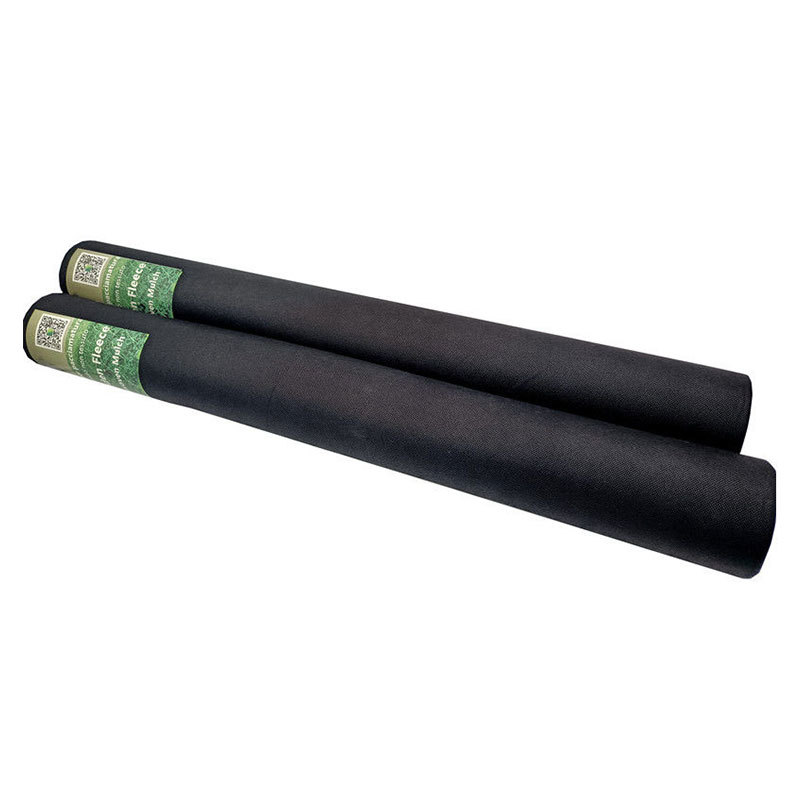22
2025
-
07
Effective Ground Fabric Weed Control: A Comprehensive Guide
Ground fabric weed control is an essential practice in both construction and landscaping that involves the use of geotextile materials to suppress unwanted plant growth. This method provides numerous advantages, making it a popular choice among industry professionals. One of the primary benefits of using ground fabric for weed control is its ability to create a barrier that prevents sunlight from
Ground fabric weed control is an essential practice in both construction and landscaping that involves the use of geotextile materials to suppress unwanted plant growth. This method provides numerous advantages, making it a popular choice among industry professionals.
One of the primary benefits of using ground fabric for weed control is its ability to create a barrier that prevents sunlight from reaching the soil beneath. Most weeds require light for photosynthesis, and by obstructing this light, ground fabric significantly reduces the germination and growth of weeds. Furthermore, this barrier allows for the passage of water and air, ensuring that your plants receive the moisture and nutrients they need without the interference of invasive weed species.
In addition to its weed-suppressing properties, ground fabric also plays a crucial role in soil erosion control. By stabilizing the soil, the fabric helps to prevent the loss of topsoil during heavy rains or strong winds, which can be particularly beneficial in construction sites or landscaped areas with a sloped terrain. This not only preserves the quality of the soil but also enhances the overall health of the surrounding ecosystem.
When selecting ground fabric for weed control, it is essential to consider factors such as material composition, thickness, and permeability. Generally, geotextiles are made from either synthetic or natural fibers. Synthetic options, such as polypropylene or polyester, offer durability and longevity, while natural fibers, like jute or coir, are biodegradable and environmentally friendly. The choice between these materials will depend on the specific requirements of your project and the desired lifespan of the installation.
Proper installation is key to maximizing the effectiveness of ground fabric weed control. Begin by clearing the area of existing vegetation and debris, followed by leveling the soil surface. Lay the ground fabric over the prepared area, ensuring that it overlaps at the seams to create a continuous barrier. If necessary, secure the fabric in place using landscaping staples, making sure it remains taut to prevent any gaps that weeds could exploit. Finally, cover the fabric with mulch or gravel to enhance its aesthetic appeal and provide additional protection against weed growth.
Regular maintenance is also essential for long-term success. Inspect the ground fabric periodically for any signs of damage or displacement, and address issues promptly to maintain its effectiveness. Additionally, keep an eye on weed growth around the borders of the fabric, as these areas may require occasional manual removal to prevent weeds from encroaching.
In summary, ground fabric weed control is a highly effective approach for managing unwanted plant growth in various applications. By understanding its benefits, selecting the appropriate materials, and following best practices for installation and maintenance, you can create a weed-resistant environment that promotes healthy plant growth and minimizes maintenance efforts.
One of the primary benefits of using ground fabric for weed control is its ability to create a barrier that prevents sunlight from reaching the soil beneath. Most weeds require light for photosynthesis, and by obstructing this light, ground fabric significantly reduces the germination and growth of weeds. Furthermore, this barrier allows for the passage of water and air, ensuring that your plants receive the moisture and nutrients they need without the interference of invasive weed species.
In addition to its weed-suppressing properties, ground fabric also plays a crucial role in soil erosion control. By stabilizing the soil, the fabric helps to prevent the loss of topsoil during heavy rains or strong winds, which can be particularly beneficial in construction sites or landscaped areas with a sloped terrain. This not only preserves the quality of the soil but also enhances the overall health of the surrounding ecosystem.
When selecting ground fabric for weed control, it is essential to consider factors such as material composition, thickness, and permeability. Generally, geotextiles are made from either synthetic or natural fibers. Synthetic options, such as polypropylene or polyester, offer durability and longevity, while natural fibers, like jute or coir, are biodegradable and environmentally friendly. The choice between these materials will depend on the specific requirements of your project and the desired lifespan of the installation.
Proper installation is key to maximizing the effectiveness of ground fabric weed control. Begin by clearing the area of existing vegetation and debris, followed by leveling the soil surface. Lay the ground fabric over the prepared area, ensuring that it overlaps at the seams to create a continuous barrier. If necessary, secure the fabric in place using landscaping staples, making sure it remains taut to prevent any gaps that weeds could exploit. Finally, cover the fabric with mulch or gravel to enhance its aesthetic appeal and provide additional protection against weed growth.
Regular maintenance is also essential for long-term success. Inspect the ground fabric periodically for any signs of damage or displacement, and address issues promptly to maintain its effectiveness. Additionally, keep an eye on weed growth around the borders of the fabric, as these areas may require occasional manual removal to prevent weeds from encroaching.
In summary, ground fabric weed control is a highly effective approach for managing unwanted plant growth in various applications. By understanding its benefits, selecting the appropriate materials, and following best practices for installation and maintenance, you can create a weed-resistant environment that promotes healthy plant growth and minimizes maintenance efforts.
ground fabric weed control


